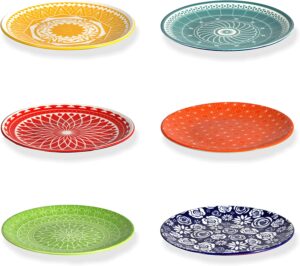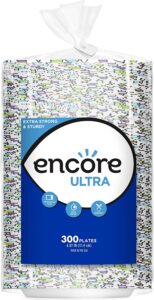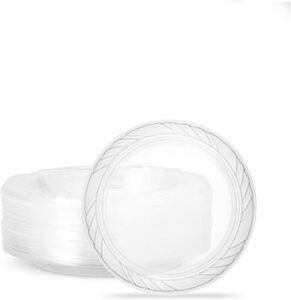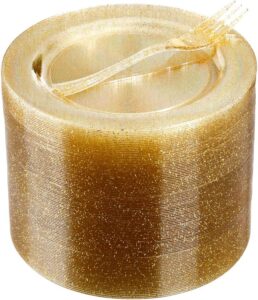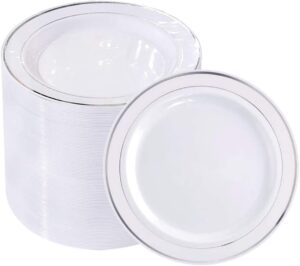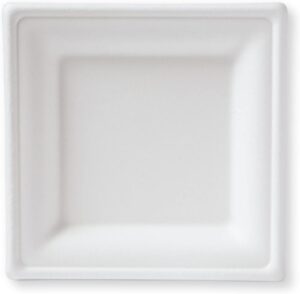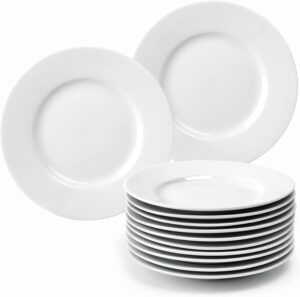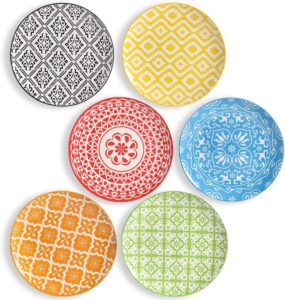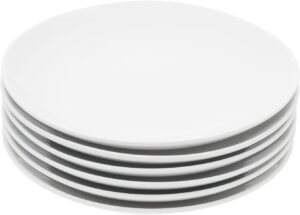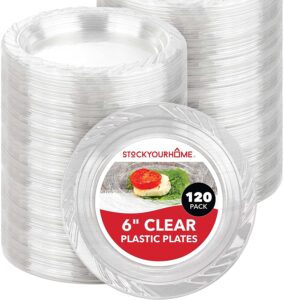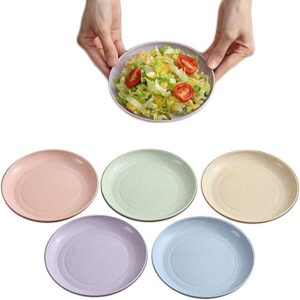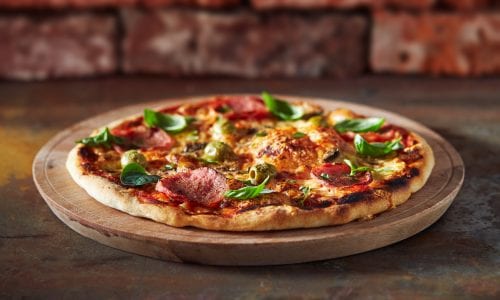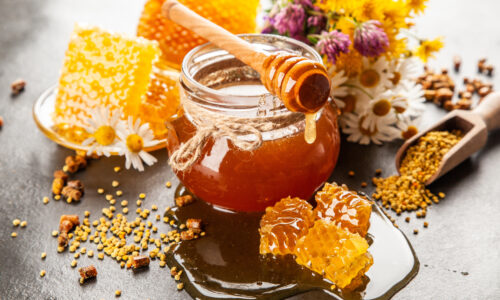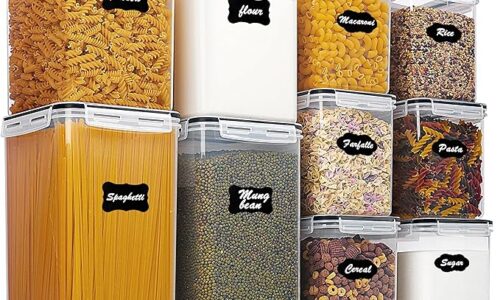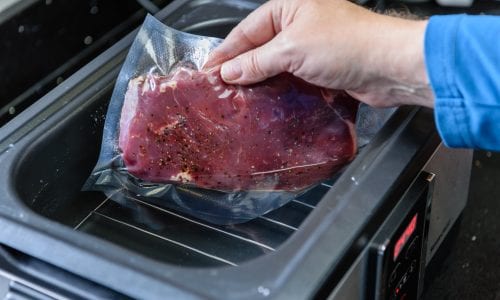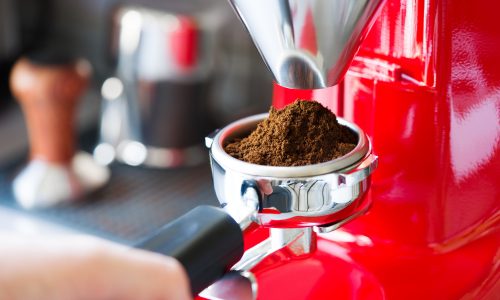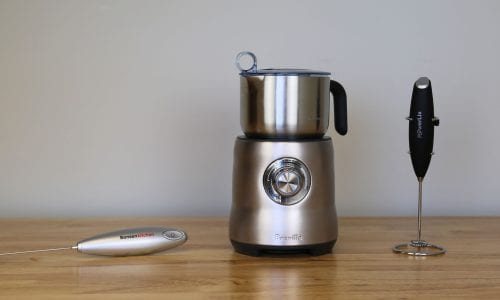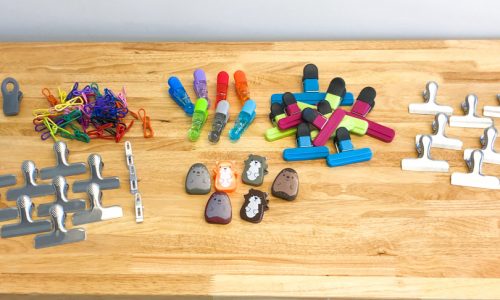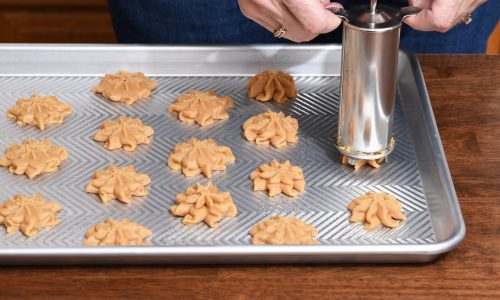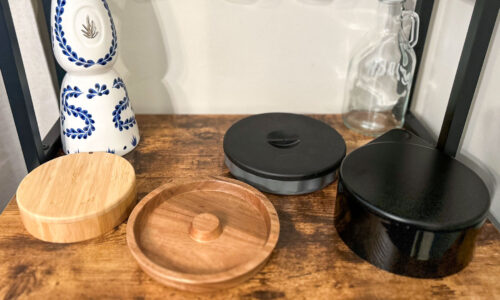The Best Dessert Plates
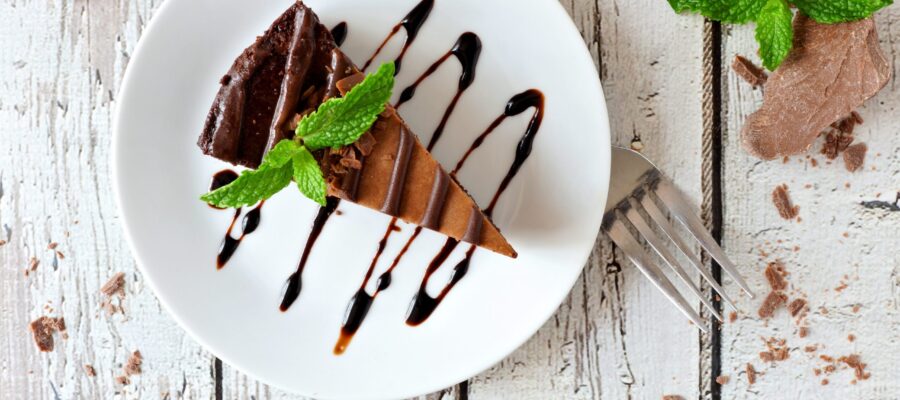
Our Review Process
Don't Waste Your Money is focused on helping you make the best purchasing decision. Our team of experts spends hundreds of hours analyzing, testing, and researching products so you don't have to. Learn more.
Our Picks For The Top Dessert Plates
- 1. Annovero Dishwasher Safe Porcelain Dessert Plates, 6-Count
- 2. Encore Ultra Cut-Resistant Paper Dessert Plates, 600-Count
- 3. PLASTICPRO Microwave Safe Plastic Dessert Plates, 40-Count
- 4. WELLIFE Disposable Plastic Glitter Dessert Plates, 120-Count
- 5. BUCLA BPA-Free Plastic Dessert Plates, 100-Count
- 6. Susty Party Supplies Compostable Sugarcane Fiber Dessert Plates, 50-Count
- 7. amhomel Scratch-Resistant Porcelain Dessert Plates, 12-Count
- 8. AHX Assorted Patterns Ceramic Dessert Plates, 6-Count
- 9. Miicol Stain-Resistant Ceramic Dessert Plates, 6-Count
- 10. Stock Your Home Transparent Plastic Dessert Plates, 120-Count
- 11. SNOMEL Eco-Friendly Reusable Wheat Straw Appetizer Plates, 5 Count
Hosts can make any dessert a special occasion with this set. The variety of colors and patterns practically light up the table, and the porcelain is high quality. From microwave to dishwasher, they can go almost anywhere without ruining the finish.
Colorful Porcelain PresentationUse these plates to brighten up a fun meal.
Pile on the cake. These plates may be small, but the thicker construction lets them handle a little more weight. They're also surprisingly resistant to liquid soaking through, and you can use them in the microwave safely.
Holds Heavy SlicesGet them wet or load them up and these can still hold the weight.
In terms of presentation, the clear material and carved edges make them suitable for special events. They also don't disappoint when it comes time to serve up heavy meals. The sturdy plastic is fully OK to microwave.
Disposable Yet ElegantThis plastic dessertware can almost pass for glass.
This matching set of forks and plates is a solid complement to even the fanciest cakes. The glitter makes every bite feel like a party, and they hold up well even with heavier foods like steak or mashed potatoes. The metallic trim means no microwaving but they are BPA-free.
Great For WeddingsTake desserts to the next level with these festive forks and plates.
Buying Guide
Dessert: It’s the meal the whole table has been waiting for, so the last thing you want is for your dinnerware to ruin the moment. If you put just a little thought into the presentation, you can find dessert plates that don’t just hold a slice of cake — they actually frame your final course like a painting.
That’s a lofty goal, but with a little prep you can achieve it even with inexpensive disposable plates. And that’s really the first thing to ask yourself: Am I shopping for plates I can use and throw away, fine china for a special event, or something in between?
Whichever it is, the size is going to be roughly the same. There’s no hard and fast definition for dessert plates, but they generally run about half the size of entree plates. Six to seven inches is the standard for parties, but you’ll see cookware labeled as dessert plates that go all the way up to 10 inches in diameter. The important thing is to fit your plates to what you’ll be serving.
If you’re buying a permanent set of plates, plastics are going to be the cheapest option, and usually the most prone to break. Some plastics also don’t do well in the microwave, though you may not mind when it comes to desserts.
Porcelain or ceramic are the more common type of plate, and they’re by far more durable. Both will hold up well in the microwave or dishwasher, and some treated ceramics or stoneware can even be heated up in the oven.
If the occasion calls for fine china, the first thing you need to know is that there’s not much meaning to the term. Fine china is a catch-all for glazed ceramic cookware made to a higher quality, though it’s usually thinner. That means you’ll need to hand wash and handle them with extra care more generally.
Whatever type you choose, dessert plates call for a glossy finish. Some stoneware can have a matte texture that’s great for rustic dinners, but tiny indentations will hold onto stains much easier. That’s a problem when it comes to cake with lots of food dye.
So what if you’re just looking for single-use plates at a kid’s birthday party? Just remember that not all disposable plates are created equal. Paper plates are the default budget option, but the younger the guests, the more those plates need to be sturdy. That goes double if you’re talking about heavy slices of cake.
And if you’re serving ice cream? Definitely consider shelling out a little extra for plastic plates that won’t wilt under moisture. You may also want to check that the material is free from BPAs or other toxic chemicals — especially if you plan on putting them in the microwave. Shop around and you might be surprised. There are some disposable dessertware sets that can pass for glass or porcelain, so you can have the best of both worlds at your wedding or quinceañera.
What to Look For
Want to make that birthday cake last, or just reduce the strain on your flimsy dessert plates? Resist the temptation to cut your cake into the traditional triangular slices. You can make more even portions by cutting horizontal slices out, then dividing those into strips. This might result in smaller slices, but that means that guests who want a little less can take just one, while those that want to load up can take two or three.
More to Explore
A good slice of cheesecake can be sublime, and it’s still hotly debated as to which city or country lays claim to the best style. Food historians largely agree that Greece did it first, though. The Greek writer Athenaeus gave us the first recipe for a crude form of cheesecake around 230 A.D., but it was probably around a lot earlier. There is evidence to suggest that athletes feasted on it at the first Olympic games back in 776 B.C.

